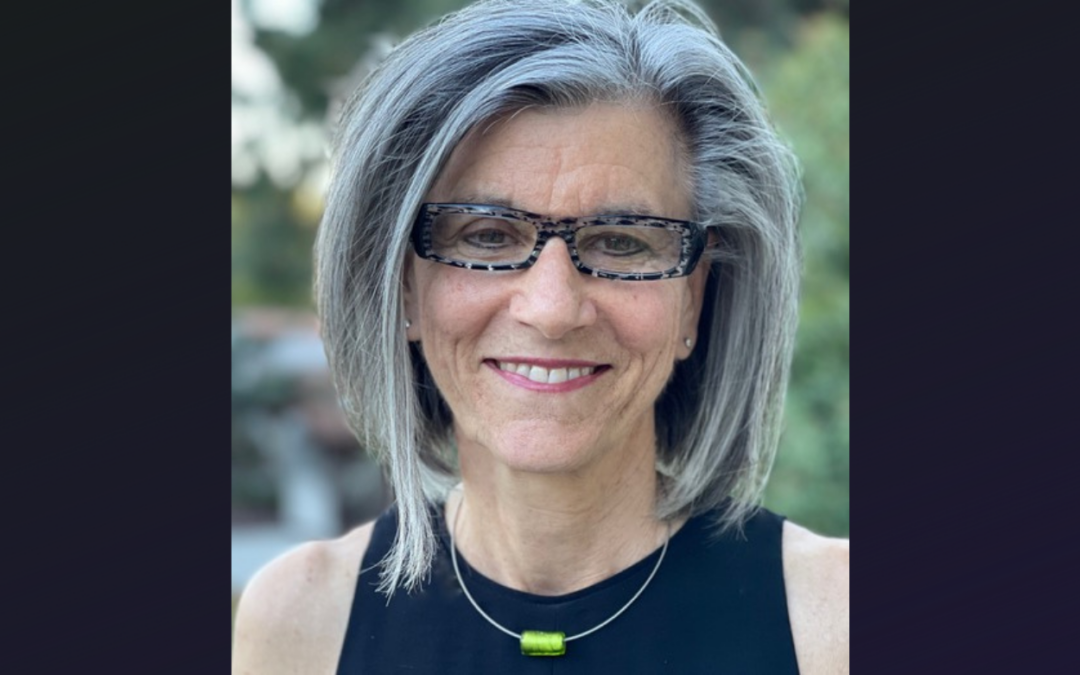
It’s a Sunday night and we’re gathered to prepare and eat dinner together. Tiaira, our senior program manager, in her thirties and wearing an apron, tells us to form the crab cake mixture into rounds on our baking sheets. In their Zoom squares, our clients and college students, who range in age from 18 to 100, follow along in their own kitchens.
Dom, a client in his sixties, unmutes to give Tiaira a virtual pat on the back — he was our celebrity chef last time. Patrick, a board member in his forties, writes in the chat that the crab is up to his late grandmother’s standards — she was a crab picker her whole life.
Over dinner, we listen to a local musician belt out oldies and a few contemporary hits. Two of our students, who are roommates, dance in their kitchen holding spatulas like microphones. For a few minutes, as we taste the same food and listen to the same music, we’re able to pretend that we’re actually in the same room.
As co-founders of Lori’s Hands, a community health, service-learning organization that connects college students with people living with chronic illnesses, we had a heightened awareness of the importance of connection even before the pandemic. Lori’s Hands is based on a reciprocal model — students help their clients with in-home tasks like cleaning, grocery shopping and yard work and, in turn, clients teach their students (most of whom are preparing for careers in health and human services) about the human experience of living with a chronic illness.
When we asked a research team to formally evaluate the experiences of our students and clients over the past two years, much of the feedback we received confirmed our impressions. Students felt more confident entering medical school or starting careers in healthcare, and clients felt more supported aging in place.
But we were surprised by how many students and clients mentioned the depth of the connection and the benefit of interacting with people they wouldn’t otherwise have had the opportunity to meet. “It’s more than just a volunteer-client relationship. “It’s actually more of a friendship,” one student said, “which is really cool because of the age difference.”
Other students reported their clients filling a surrogate grandparent role in their lives, whether because a loved one had passed away or because they were living far from family while at college. Some students reported an interest in working with older populations and said they hadn’t considered that career path before meeting their elder client. Some clients reported that they text with their students on a daily basis. As one student put it, “We’re both there for companionship.”
In addition to bridging age gaps of 50, 60, or even 70 years, our students and clients report cross-cultural bridge-building as well.
“I couldn’t imagine I’d meet somebody from China or somebody from Africa,” one client said. Another client, a former professional dancer, bonded with a student who practiced Indian dance.
A third client told the evaluation team about her student. “This young woman happens to be a Dreamer, and her family is facing this threat of deportation. I can’t even imagine the stress that that adds to her life. So I’ve offered — maybe if she could put me in touch with people, I’d be happy to write letters on her behalf.”
One of our former students, who is currently pursuing a PhD in pharmaceutical sciences with a focus on racial health disparities, has shared that she and her client often engaged in candid discussions of his experiences navigating the healthcare system as a Black man. She says that their discussions were her first opportunity to have a one-on-one conversation about those kinds of experiences with another person who, like herself, identifies as a racial minority.
As we read the reports, we reflected on our own Lori’s Hands experiences and realized how much we have valued them for those same reasons. They’ve helped us feel more connected to our community, helped us move beyond the bubbles we might otherwise find ourselves in.
Every time we pull up to a house or apartment building to enroll a new client, we’re nervous and excited to meet the person inside. Sometimes we meet a person who speaks fluent Polish, a person who has Jamaican artwork hung on every wall, or a person who is an accomplished artist herself.
One of our first clients had lived in Newark, Delaware, our own campus community, for over 60 years. She shared stories with us about when our favorite bagel shop on Main Street had been an old-fashioned soda shop, before the road was paved. Another client cooked with and for us every chance he got, and told us that having different students visit from Lori’s Hands is a fun challenge for him because he’s had “vegans, vegetarians, Kosher diets, you name it, we’ve cooked for it during our visits.”
A client once told us that the week her Lori’s Hands students started visiting was the week “all of the windows and doors flew open and the sun started streaming in.” She was the full-time caregiver for her adult son who was living with permanent disability. They were both homebound due to his medical needs and mobility limitations.
As the researchers who studied Lori’s Hands confirmed, the light streams in both directions.
Liz Bonomo and Sarah LaFave co-founded Lori’s Hands, and both now serve on the group’s board. Sarah is one of the first 15 Encore.org Gen2Gen Innovation Fellows. All photos are courtesy of Lori’s Hands and were taken before the pandemic.





